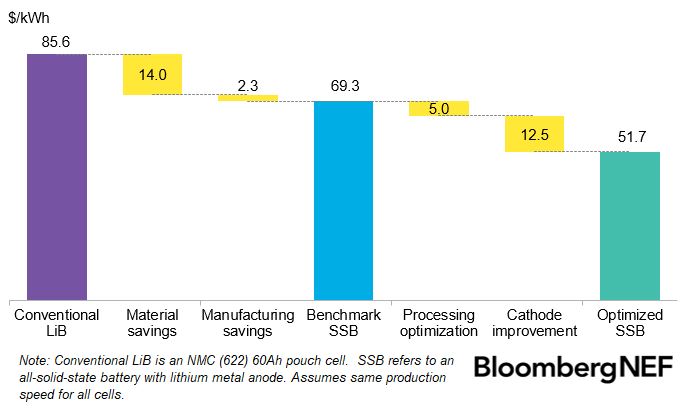
Now that @elonmusk has confirmed @Tesla will be using #LFP in some US Model 3's the normal Q's around patents and licensing have arisen.
This is a thread on the 3 key patents and why #China can produce low cost LFP
#battchat
1/8
This is a thread on the 3 key patents and why #China can produce low cost LFP
#battchat
1/8
Patent 1 - The first LFP structural patent was filed by Nobel prize winner John Goodenough in 1996, granted in 2003 and expired in 2017.
The patent described the performance of the material and its use in batteries.
patents.google.com/patent/US65146…
The patent described the performance of the material and its use in batteries.
patents.google.com/patent/US65146…
Patent 2 - This was filed by the @UMontreal. It was granted in 2008, and expired earlier this year.
This described how the performance of LFP, which has a low electronic conductivity, can be improved by coating it in carbon.
patents.google.com/patent/EP10491…
This described how the performance of LFP, which has a low electronic conductivity, can be improved by coating it in carbon.
patents.google.com/patent/EP10491…
Patent 3 - Was filed by @hydroquebec, @UMontreal & CNRS in 2001, but only granted in 2007. It expires in the US in 2022, and September 2021 in Europe.
It brings the two other patents together and describes a method to synthesis the coated material.
patents.google.com/patent/US72852…
It brings the two other patents together and describes a method to synthesis the coated material.
patents.google.com/patent/US72852…
The three patents were tied together to create a license under the consortium lifepo4ag.com
It has never been defended in China, but has been licensed around the world to companies like BASF, Aleees and Mitsui. Chinese producer Pulead is a also licensee
It has never been defended in China, but has been licensed around the world to companies like BASF, Aleees and Mitsui. Chinese producer Pulead is a also licensee
While the license costs millions of dollars a year, and licensees have to pay additional fees for each kg of LFP produced, the impact on LFP cathode prices is limited.
The real reason that Chinese companies can produce low cost LFP is because the government in China...
The real reason that Chinese companies can produce low cost LFP is because the government in China...
provided high subsidies for cathode production facilities between 2014-17 when lithium carbonate and hydroxide prices were high. This means that the production costs for LFP made in Chinese facilities are lower than the rest of the world.
While Tesla will benefit from low pack prices by importing LFP from China, it will have to pay a 10% tariff on those packs. However, by importing packs it will free up capacity at Gigafactory 1 for other vehicles while also reducing the companies demand for nickel
8/8
8/8
• • •
Missing some Tweet in this thread? You can try to
force a refresh






